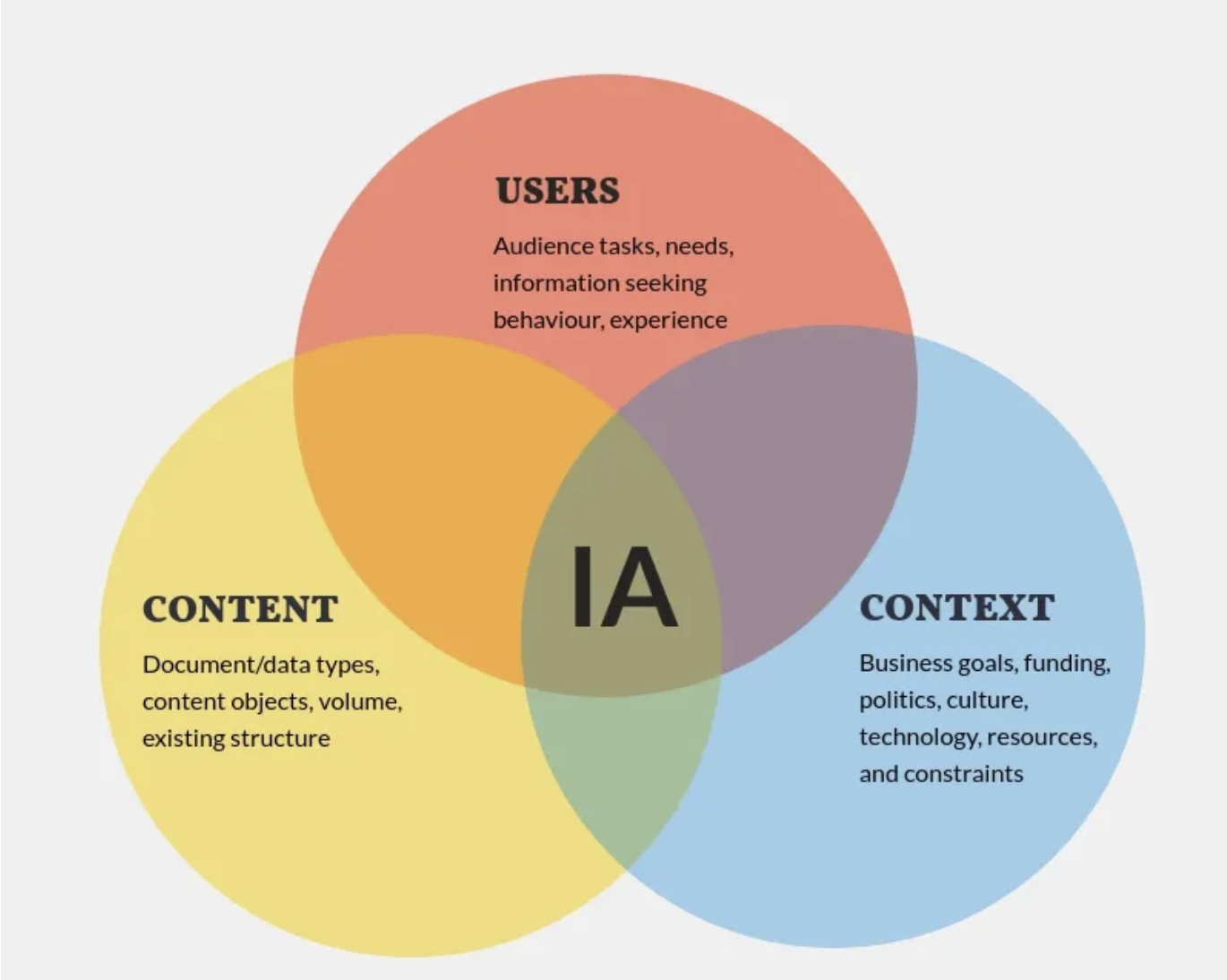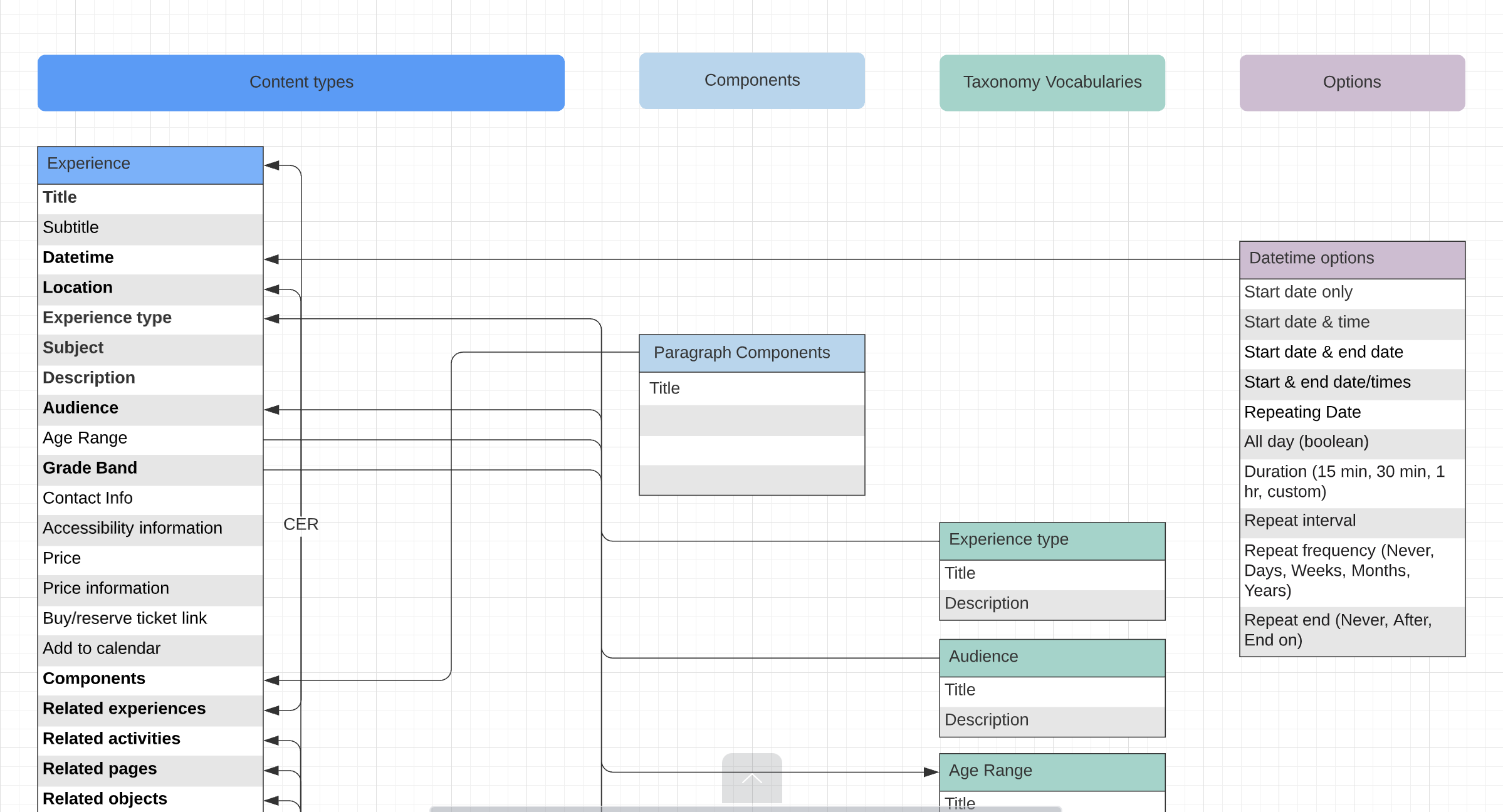Information Architecture
How to restructure and clean up a 50-year old, 8000-page website [in progress]
Design challengE
Though we had a new CMS, the User Experience on Exploratorium.edu was still trapped in 1993. The website was frequently compared to the Winchester Mystery House, lots of blind corners and staircases to nowhere. My co-lead and I proposed an Information Architecture and content strategy initiative for the site to identify and streamline critical paths to remove obstacles between primary audiences and the content they sought.
My RolE
Project Co-lead, Project Manager–UX - Project planning, Initiative design, timeline and scoping, Facilitator Stakeholder Interviews, Strategy workshops, and co-facilitator Content Working Group workshops
Design ProcESS
Collaborators: Stakeholders from every area of the museum with content on the website including Research, Educator Engagement, Rentals, Global Collaborations, Frontline, Marketing, Public Programming and Development.
Stakeholder interviews
UX Quick wins
Competitive analysis
Strategy workshops
Audience analysis
User Journey Mapping
Content Audit
Solutions
UX Roadshow - a listening tour of all the stakeholders in the museum to hear about their pain points, hopes, and dreams for the website, while teaching them about the importance of User Experience
Initiative Development - creating the plan for the initiative and convincing Executive Leadership that this is a good use of Online Media resources; created Strategy Group to create online strategy and Content Working Group to perform content audits
Online Strategy Development - Series of four workshops. Gathering small group of creative stakeholders to develop an initial online strategy including website goals and primary audiences based on the Strategic Action Plan released by leadership a few months beforehand
Content Working Group - Series of five workshops. Sharing the strategy work, doing journey mapping for primary audiences, and developing a rubric to assess content on the website. Held office hours to support auditors throughout the process.
Content Audit - Conduct content audit of the website using criteria for UX best practices and the newly developed online strategy and primary audiences as a rubric for evaluation.
Content Roadmap - Synthesizing findings from the user journey mapping and the content audit, we identified areas for content cleanup, consolidation, and generation and mapped out our opportunities, potential features, and areas of the site to edit and archive.
Information Architecture - Updated navigation, menu structure, naming, sitemap, and website wayfinding.
Measures of Success
Consolidated x pages into x pages
New, clarified navigation and menu structure
Key learnings
Iteration over perfection.

